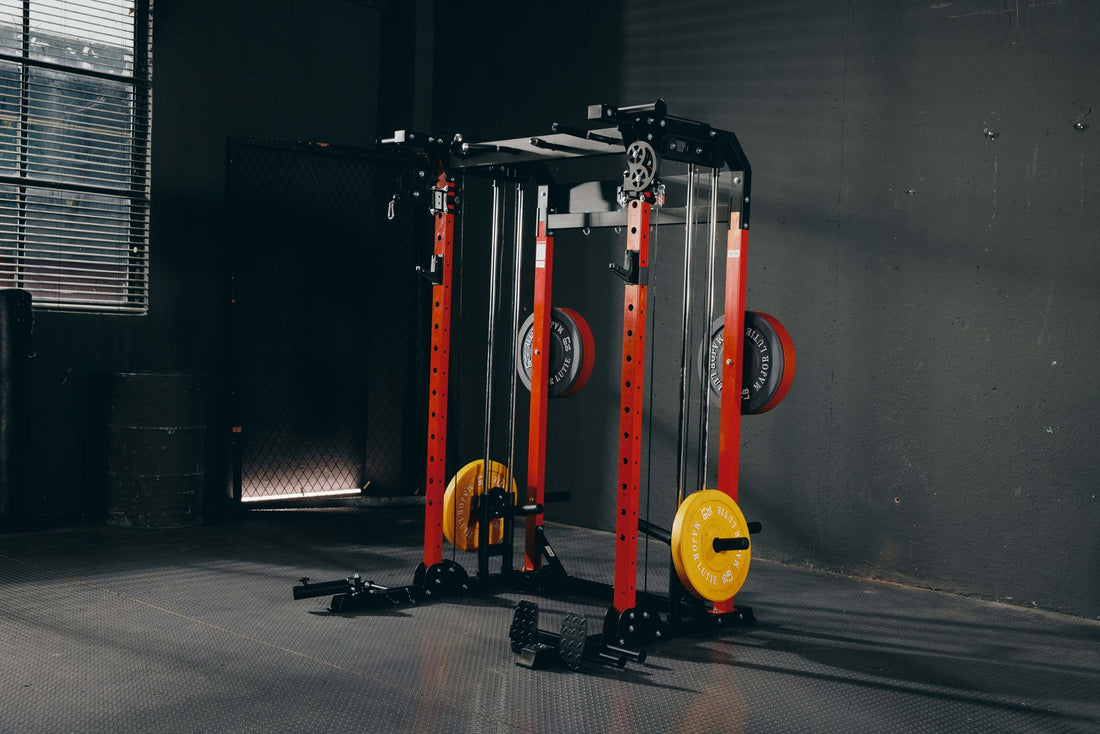
If you've ever transitioned from free weights to a Smith Machine, you might have noticed a curious thing: the weights somehow feel lighter. This phenomenon has puzzled gym-goers and fitness enthusiasts alike, sparking debates and theories. But why does the Smith Machine feel lighter? Is it an illusion, or is there a scientific explanation behind it? Delving into the mechanics of the Smith Machine not only satisfies curiosity but can also enhance your workout strategy by leveraging its unique design.

The Smith Machine, invented by Jack LaLanne and later perfected by Rudy Smith, is a popular piece of equipment in gyms worldwide. It features a barbell fixed within steel rails, allowing only vertical or near-vertical movement. This design significantly impacts the lifting dynamics, contributing to the perceived lightness of the weights. Firstly, the guided path of the barbell reduces the need for the lifter to balance it, which in turn lessens the engagement of stabilizing muscles. In free weight exercises, these muscles work harder to keep the barbell balanced, making the weight feel heavier as more effort is required.
Another factor is the counterbalance system found in many Smith Machines. This system uses mechanisms to offset the weight of the barbell, effectively making it lighter than a standard barbell.Therefore, when you lift on a Smith Machine, you're not lifting the full weight of the bar, which can make a significant difference in perceived effort. Some Smith Machines are also designed with bearings or bushings that create a smoother glide for the barbell, further reducing the amount of force you need to apply.
The psychological aspect shouldn't be overlooked either. Knowing that the Smith Machine provides a controlled environment might make lifters more confident, allowing them to push more weight than they would with free weights, where the risk of losing balance or control is higher. This confidence, coupled with the mechanical advantages, creates a perception of lighter weight.
That being said, it's crucial for lifters to understand the implications of these differences. Relying solely on Smith Machine exercises might limit the development of stabilizing muscles crucial for balance, posture, and injury prevention. To achieve a well-rounded strength training regimen, incorporating both free weights and Smith Machine exercises is advisable. This approach allows you to benefit from the mechanical advantages of the Smith Machine while also engaging those important stabilizing muscles through free weight exercises.

The lighter feel of the Smith Machine doesn't necessarily mean it's easier or less effective; rather, it's a different tool with its own set of benefits and limitations. Whether you're a beginner looking to build confidence and strength, or an experienced lifter aiming to focus on specific muscle groups without the added challenge of balancing, the Smith Machine can be a valuable component of your training arsenal.
Embracing the distinctive characteristics of the Smith Machine can transform your training experience. By understanding why it feels lighter, you're equipped to make informed decisions about incorporating it into your fitness regimen. Instead of comparing it directly with free weights, appreciate the Smith Machine for what it offers: a safe, controlled environment for focused muscle engagement and strength development. With this knowledge, you're ready to explore new dimensions in your workout routine, achieving goals with an informed and strategic approach.


















